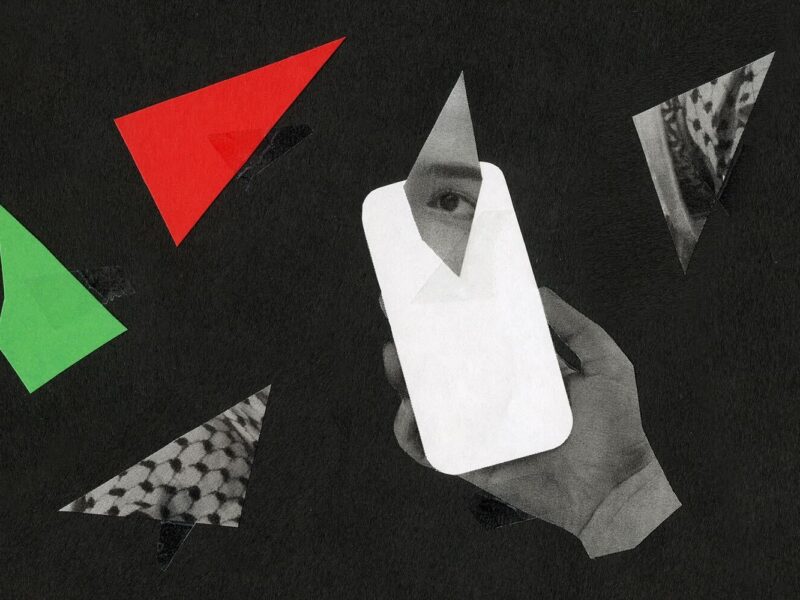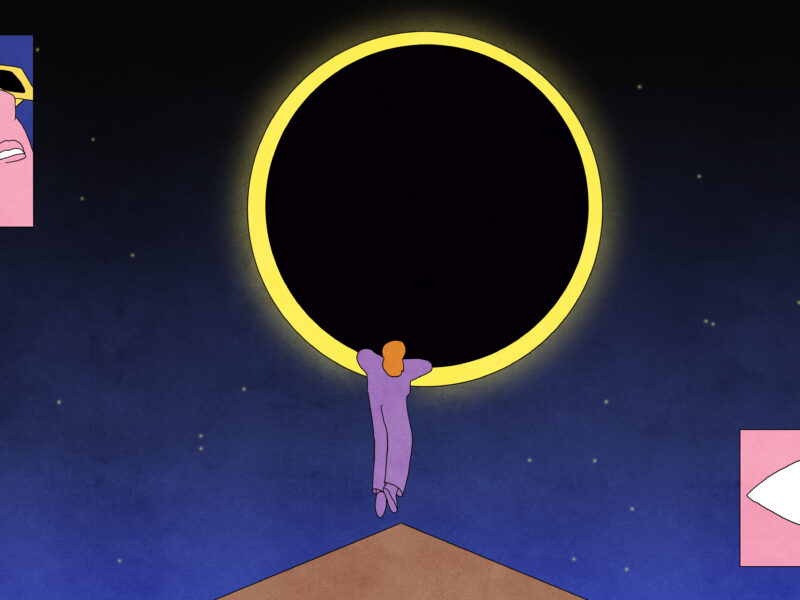Under Trump, the presidency revealed itself, perhaps like no time before, to be a veritable monarchy.
The January 6 sack of the U.S. Capitol by far-right extremists, egged on by President Trump and his refusal to acknowledge defeat at the November presidential elections, is among the darkest days in modern American history. For scholars of authoritarianism, however, and especially those of us with lived experiences with such regimes, there is little surprise at what transpired. Instead, it is a kind of informed terror.
In my case, it is the dissolution of Yugoslavia and the rise of the genocidaire Slobodan Milosevic that has informed my perspective on Trump’s rise and the chaos of his fall. I was a young child when my family was forced to flee Sarajevo, Bosnia and Herzegovina’s capital, in April 1992. But the onset of nationalist aggression against Bosnia, orchestrated by Milosevic’s then regime in Belgrade, was not sudden. It had been carefully prepared, organized, and regimented. So, too, the ensuing genocide in Bosnia: it involved bureaucrats, paperwork, pay stubs, and complex logistics.
My parents and their peers watched much of the Yugoslav dissolution crisis play out on their TV screens—mostly in disbelief. Yugoslavia was a one-party, authoritarian regime, but it was widely considered the most “liberal” communist polity in Europe. It had a large, relatively prosperous middle class; Western commodities were widely available, as were Western media and entertainment. Yugoslavs traveled freely to both the First and Second World. And in cosmopolitan Sarajevo, the center of multiethnic Bosnia, a litany of punk and rock bands, literary circles, and youth groups agitated for social and democratic change.
Understandably, then, when Milosevic first appeared on the radar of Yugoslavia’s educated middle class, he was seen as a deeply ridiculous figure. A dour communist apparatchik, his affect was transparently false. He spoke in an overwrought, airy way, his head perennially tilted upwards, capped by a crown-line pompadour.
But my parents and their peers were wrong. Milosevic’s appeal to the supposedly beleaguered ethnic Serbs of Kosovo, Yugoslavia’s poorest region, struck a note with many, especially in Serbia. He and his tight-knit circle of political operatives promptly outmaneuvered the sclerotic communist party apparatus in Belgrade. They quickly seized control of the country’s state media, while simultaneously ingratiating themselves with the hardline authoritarian leadership of the Yugoslav military.
And on the streets, Milosevic whipped up mobs of Serb nationalists with sinister speeches that alluded—with no evidence—to a brewing conspiracy to exterminate the Serb nation. Directing the crowds against other members of the communist regime, Milosevic toppled the governments of Vojvodina, Kosovo, and Montenegro, to seize the Yugoslav collective presidency and install himself as the country’s supreme leader. He called this ploy the “anti-bureaucratic revolution”; it lacked mass support as such, but it was ferociously supported by a hardcore base of Serb nationalist radicals and extremists.
Within the span of three years, between 1987 and 1990, Milosevic emerged as the most influential and powerful figure in Yugoslavia, a complex, multiethnic federation. His adept use of Serb nationalist grievance politics was successful but only for a moment. By 1990, the leadership in Slovenia, Croatia, Bosnia, and Macedonia realized that Milosevic was on the cusp of a total takeover, and that he would impose his sectarian-authoritarian rule with an iron fist.
When a last-ditch effort at curtailing his rise failed at the 14th Congress of the League of Communists of Yugoslavia in January 1990, the country began to fragment. There were no more institutional avenues left to check him and so, one by one, the remaining republics held multiparty elections, and then promptly sought to exit the federal state.
Milosevic’s pursuit of one-man rule failed but it also killed the Yugoslav federation. With the union dissolving, Milosevic used the massive Yugoslav military, and an assortment of ultra-nationalist and criminal paramilitaries, to attempt to carve out of Croatia and Bosnia chunks of territory to append to a new “Greater Serbia”. This necessarily involved the systematic killing, torture, rape, and expulsion of tens of thousands. Bosnia became the site of the worst atrocities in Europe since World War II. The Bosnian War and genocide resulted in the deaths of nearly 100,000 people in less than four years.
As a result of these experiences, former Yugoslav and Bosnian scholars and writers were among the first to warn, from the earliest days of Trump’s candidacy, that his political program was a threat to American constitutional government; that American institutions and politicians would struggle to contain his sustained assault on the rule of law; that his administration was a mortal threat to black, brown, and immigrant communities; and that he would help unleash a din of sectarian violence that would tear at the fabric of the republic.
Every subsequent week confirmed the accuracy of our predications. Privately, many of us spoke about what our “red lines” were: when was it time to try to leave the country? What was the point of no return? Flashes of Yugoslavia’s dissolution, the early days of the war in Bosnia, filled our sleepless nights.
The imposition of Executive Order 13769—the Muslim ban—in January 2017 immediately set off alarm bells for all of us. The sustained civil society push-back gave us hope, but the failure of the courts to roll back a transparently discriminatory policy gutted those prospects. Then came a flurry of scandals and horrors: family separation, the white nationalist march in Charlottesville, impeachment.
Trump kept pushing, and America’s famed system of “checks and balances” kept buckling. The presidency revealed itself, perhaps like no time before, to be a veritable monarchy. Seemingly no outrage, no violation was severe enough to warrant a meaningful sanction from the Republican Party, or Trump’s electoral base.
During last summer’s Black Lives Matters protests, when federal forces were called in by the President and used to violently clear Washington, D.C.’s streets of peaceful protesters, and military helicopters ominously hung over the few remaining crowds, I drove to a nearby ATM. I took out several thousand dollars in cash, went home, and took out all my family’s passports. I told my wife that we should seriously talk about leaving. She did not disagree, but we wondered where to go. Perhaps to Vancouver, Canada to stay with my folks, I said—or perhaps back to Sarajevo.
We did not leave. But we began recording videos for our young daughters about this moment in American history. About how we rationalized our decision to stay, and to use whatever resources we had, whatever platforms we could tap into to protect and shore up the American republic, and those most vulnerable in it.
The United States is not Yugoslavia. But it also not an unassailable bastion of good governance. It has its own long, dark histories of sectarian violence and authoritarianism. The collapse of the Jim Crow South is a recent historical event, and the struggle between white supremacy and racial equality still, indelibly, shapes contemporary American politics. America is not uniquely resistant to the threat of illiberalism or civil strife, and despite Joe Biden and Kamala Harris’ electoral triumph, Donald Trump remains a significant danger to the republic.
It is imperative that once he is removed from office, all levels of American government and civil society initiate a sustained campaign to restore the American republic. Major social and financial investments must be made in renewing civic trust, rolling back disinformation and spreading media literacy, promoting the study of civics and governance, and aggressively dismantling and prosecuting domestic far right and white supremacist cells.
Above all, this moment cannot be forgotten. The page cannot be turned on this period before there is a genuine national reckoning, a true commitment to truth and reconciliation, and an accounting for how Donald Trump, a vulgar, semi-literate demagogue, was able to bring the American constitutional regime to its breaking point in four years—and why so many were, and continue to be, willing to aid him in this pursuit. America’s future depends on confronting, rather than forgetting his tenure.



